
Historical films without retro-cars like a wedding without a fight. Retro-cars are indispensable heroes of this genre. And in the famous cartoon "Cars" they proved they could be the main characters. Where can they be found, how they are repaired and taken care of, what technical difficulties are encountered on the set? The answer I received after visiting retro-car garage at FILM.UA.
The main feature of these cars is their authenticity: restored cars, stuffed with items from more modern cars, are not valued here. - Take, for example, "Chaika" (seagull), - says head of FILM.UA’s car fleet Eduard Skaleuh. – It’s chic: in 1966 it already had an automatic transmission, and power windows. And people, who repair such cars, restoring the machines, put Mercedes engines, chassis, and there’s nothing left from "Chaika" except for its name.
Another feature of these cars - their ability to transform:

Here is "Volga" which was yellow before the awards ceremony "Teletriumph”. It was transformed to a retro taxi, which gave a ride many media people from Olga Freimut to Victor Pavlik.
- Our work - is movies, TV shows, videos. Therefore, we are able to prepare a car for each project as soon as possible - said Edward.
About the history of each vehicle represented in the car fleet, his caretaker can talk for hours:
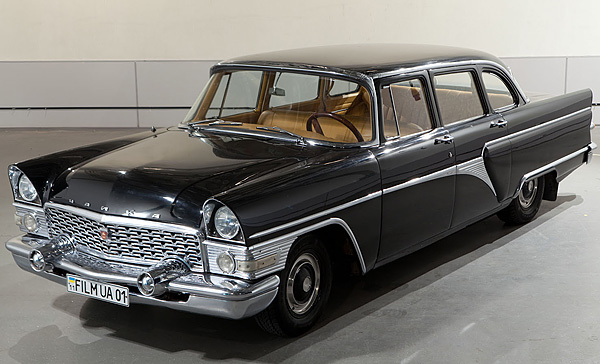
- "Chaika" (Seagull) was produced in 60s in limited numbers, they drove the first people of the state, so they didn’t have a high mileage. This car is original, even though it is already 46 years old. But it is not the oldest one.
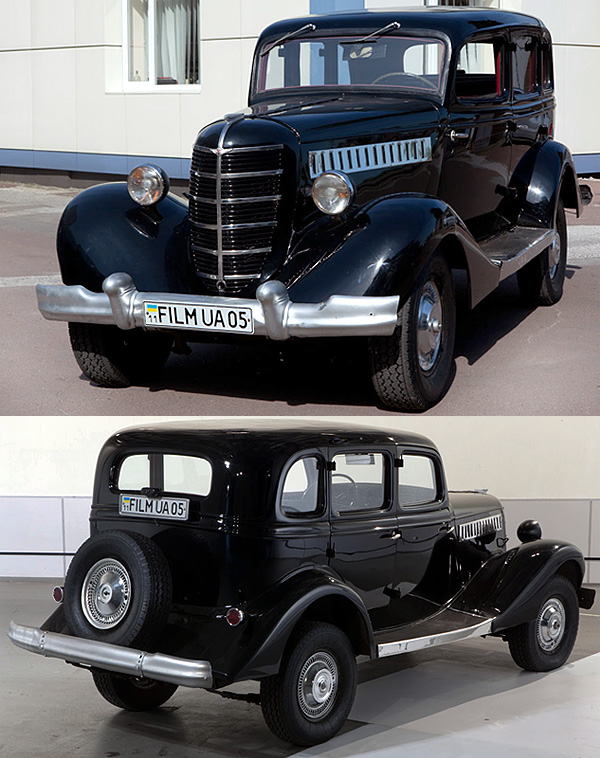
- Here is GAZ-M1, the legendary "M” 1946 year of manufacture, it is also original.
- Where did you find such a rarity?
- Rusted on one of the streets of Kiev: we saw it accidentally, found the owner, it turned out that it was for sale! Fleet, by the way, has a lot of cars that we literally saved: the car was in the yard of a house and was dying with chickens all over it. If you save the engine and gearbox, the rest can be extended. The main thing is capable hands of people who are putting into it heart and soul.
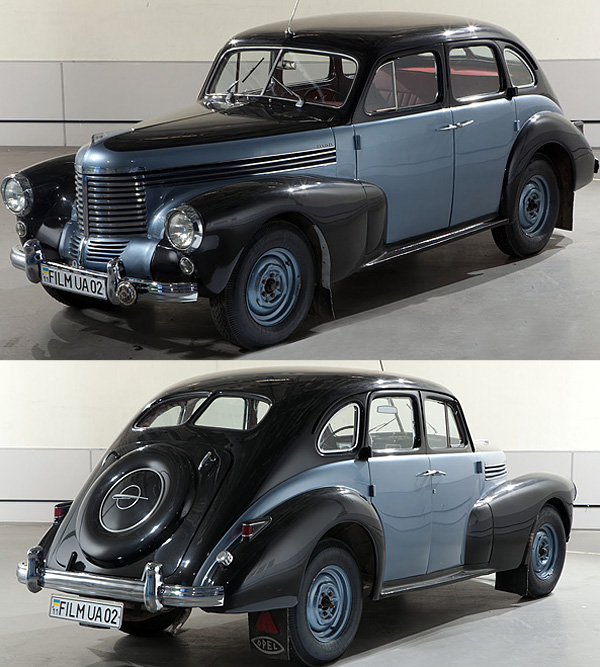
- Here is another sample of the car with original interiors - continues Edward. - This is Opel Kapitan 1938 – it is 74 years old. And it’s still in running condition, shoots in films and brings joy.
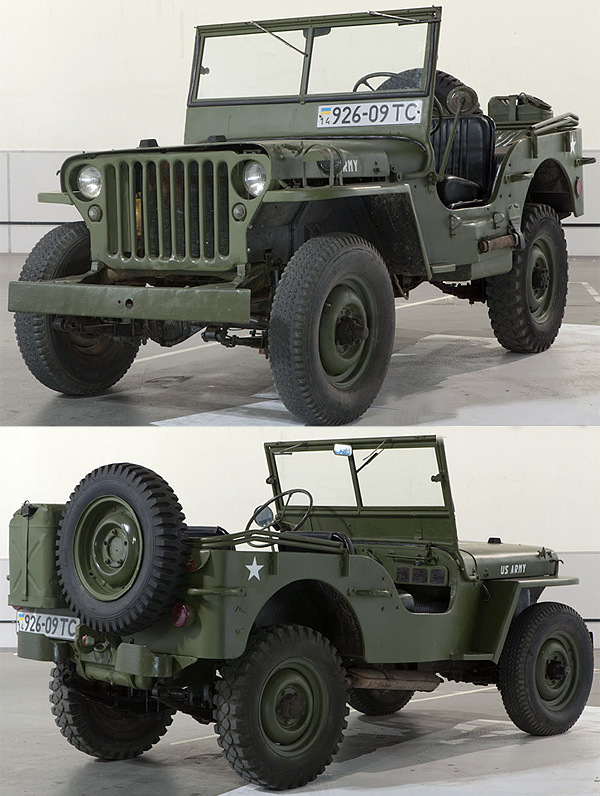

- The BMW 326 is a medium-sized sedan produced between 1936 and 1941,and again briefly, under Soviet control, after 1945. The 326 was BMW's first four-door sedan. It had an innovative design and sold well despite its relatively high price. It also had an unusually involved afterlife.
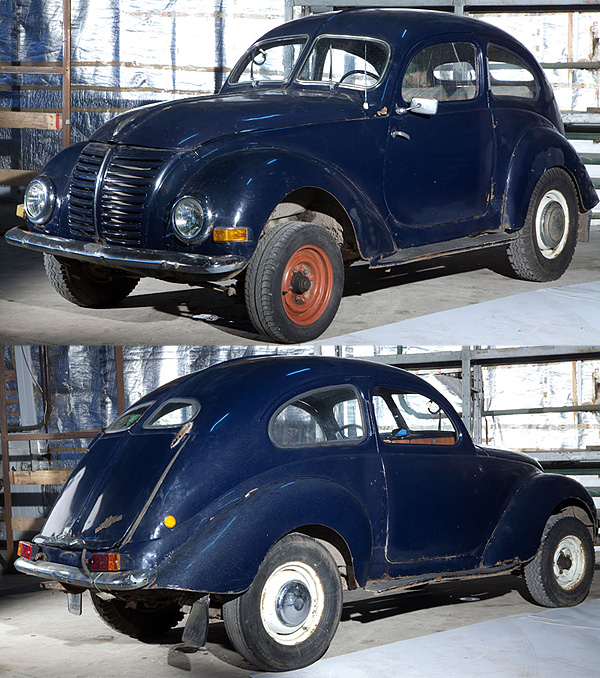
- And here's a unique Hanomag, in Nazi Germany there were produced only about 2 million - it was the cheapest people's car, Hitler’s project, in fact, the father of Volkswagen “Beetle”. Company Hanomag, by the way, still exists, but makes locomotives and agro-industrial equipment - excavators, tractors, etc.
- So why it is unique?
- When the war began, the German military made "armored cars" of these machines, our soldiers shot them from cannons, taking them for real.
- That is, armored cars were moulages?
- That's right - wooden boards and wooden gun were fixed on Hanomag. As a result, there are practically no cars left, in Ukraine no more than 5 models can be found.
- And how much such model might cost?
- If to drive it from Russia, the CIS and abroad - quite a lot. The same "Seagull" in perfect condition can be sold for 100 thousand, but for us, these cars are important, not in the material sense, but as the history of our studio, because with them films that watch a lot of people are created.

- This Mercedes-Benz 170, released in 1937. The car speaks for itself: "Mercedes" - until now, "Mercedes", despite wars, crises and all the rest. The history of this model is unique, because we got only its body. On it we had to build everything else - based on the 21st "Volga".
- It is difficult to reconstruct the car.
- We have a more striking example. Take at least this ZIS-5, the legendary "three-ton":
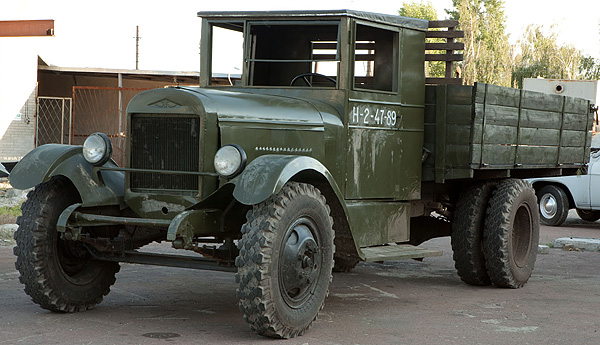
this car is completely made by hand.
- Of what?
- We took the wheel and the frame of a modern car, and everything else - the cab, body – we constructed.
- For which project it was created?
- She has worked in nearly all military projects of FILM.UA. And, for example, "Moskvich" produced in 1952 came to us in poor condition - rusty, without glass. We brought it (and a few more) in more or less its marketable condition as soon as possible.
- As soon as possible, what do you mean?
- We had about 10 days.
- If no hurry, how long it takes for this job?
- Real restorers do not do this kind of job in short terms - it takes from six months to eighteen months. Process lasts so long for another reason that the original parts are collected bit by bit. When shooting a film it is not always possible to wait for the original, but we restore as close as we are possible.
- How do you take a car on location - under its own power or it’s being delivered?
- Well we cherish them, so we deliver them on the tow truck.
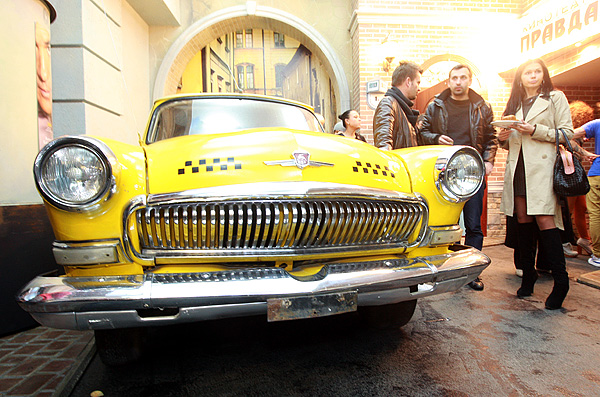
This "Volga" now pleases NoName club visitors
- What was the first car in the fleet?
- It's hard to say. Most likely, "Mercedes", "ZIM" and "Gaz M-1" - as I remember, they were bought almost simultaneously. But they were all in a state that required restoration. "Seagull" is unique in its own way, and as a rarity, will give a head start to other cars, if you drive, for instance, Porsche Cayenne, and then sit in "Seagull", you will feel that it is not worse (after all comrades who worked in the Soviet government, understood what is comfort). On the other hand, I like Opel Kapitan: look at the car and just admire its forms. Hanomag has a rare story ... and together they make a good fleet of retro-cars.
- And how many of them all?
- Car has more than 20 pieces of equipment. Do not forget that we have small transport: motorcycles, carriages, carts.
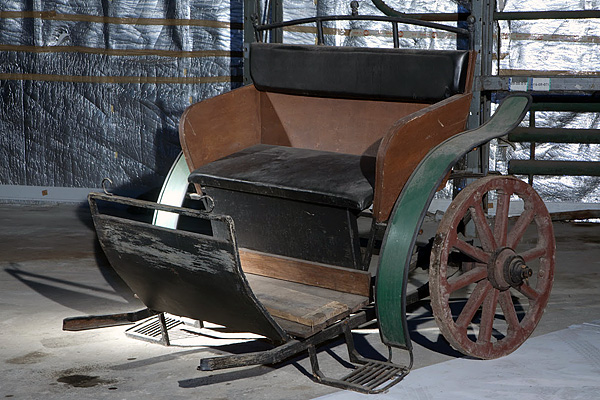

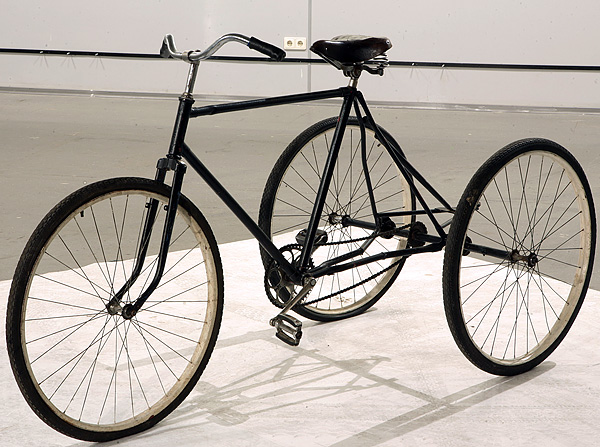

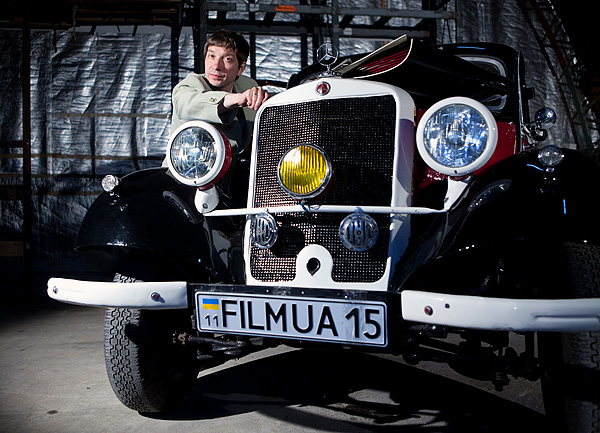
FILM.UA Group
22, Mykoly Zakrevskoho str., Kyiv, 02232, Ukraine
tеl.: 0 800 308 028, +380 44 501-39-71 fax: +380 44 546-68-97 e-mail: info@film.ua
Developed by Argentum IT Lab
